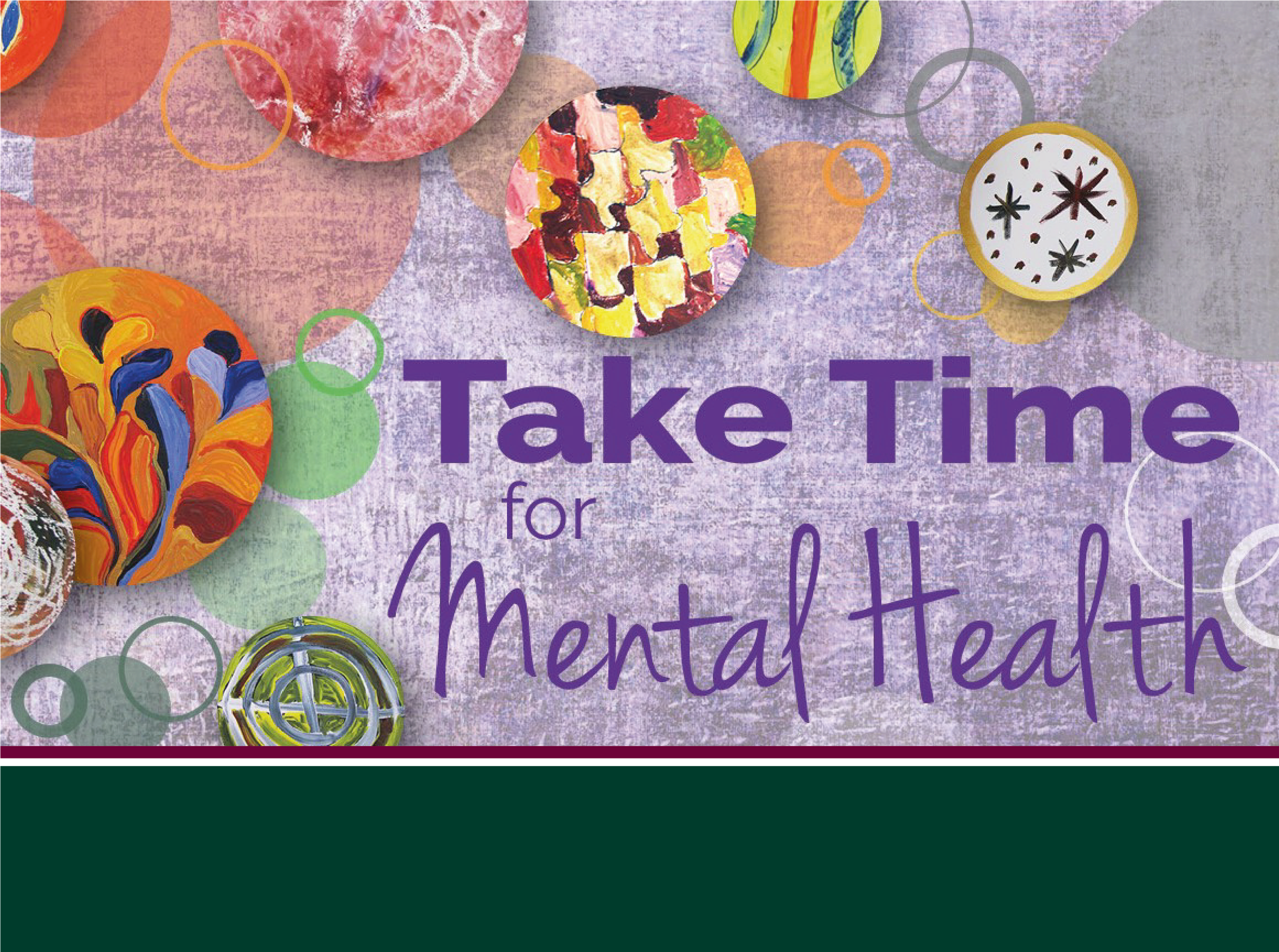Guidance Counsellor

Jana Aksamitova
Guidance Counsellor
Vaping in Adolescence
Key facts on the risks of E-cigarettes for Teenagers
- The use of e-cigarettes is unsafe for kids, teens and young adults.
- Most e-cigarettes contain nicotine. Nicotine is highly addictive and can harm adolescent brain development, which continues into the early to mid-20’s.
- E-cigarettes can contain other harmful substances besides nicotine.
- Young people who use e-cigarettes may be more likely to smoke cigarettes in the future.
- Nicotine addition can affect youth mental health. When a person is depended on nicotine and stops using it, their body and brain must get used to not having nicotine. This can result in temporary symptoms of nicotine withdrawal, such as irritability, restlessness, feeling anxious or depressed, trouble sleeping, problems concentrating, and craving nicotine.
- Youth may turn to vaping to try to deal with stress or anxiety, creating a cycle of nicotine dependence. But nicotine addiction can be a source of stress.
Recent Australian survey of school students found that around 14% of students aged 12-17 years had used an e-cigarette in the past 12 months. Almost half (48%) of students who vaped had never smoked tobacco before trying an e-cigarette.
What can we do to prevent young people to fall for this trap?
- The most important is that we need to have a conversation with young people about this topic. It might feel tricky at first. To start the conversation, get the key facts, learn the basics about vaping products, and think through what you want to say. Consider some questions, you might be asked, and how you want to respond.
- It is important to keep things casual and relaxed. You might want to start the conversation when you’re doing an activity together, such as driving or preparing a meal.
- Don’t make assumptions. If you think your child may have tried vaping, avoid making accusations. Going through someone’s space looking for evidence isn’t recommended because it can undermine trust.
- Avoid judging and/or lecturing: listen to your child’s point of view and keep it a two-way conversation. Being mindful to keep your body language and tone respectful can go a long way. If they have tried vaping, try asking questions like: “what made you want to try?” and “how did it make you feel?”
- Don’t exaggerate: Make sure you are honest with your child about potential harms and avoid exaggerated statements.
How can you tell your child is vaping?
- Fruit or candylike smells
- Mouth sores, throat clearing, trouble breathing, unexplained cough
- Nosebleeds, irritability, increased thirst, mood swings, mouth sores
Look for the signs.

